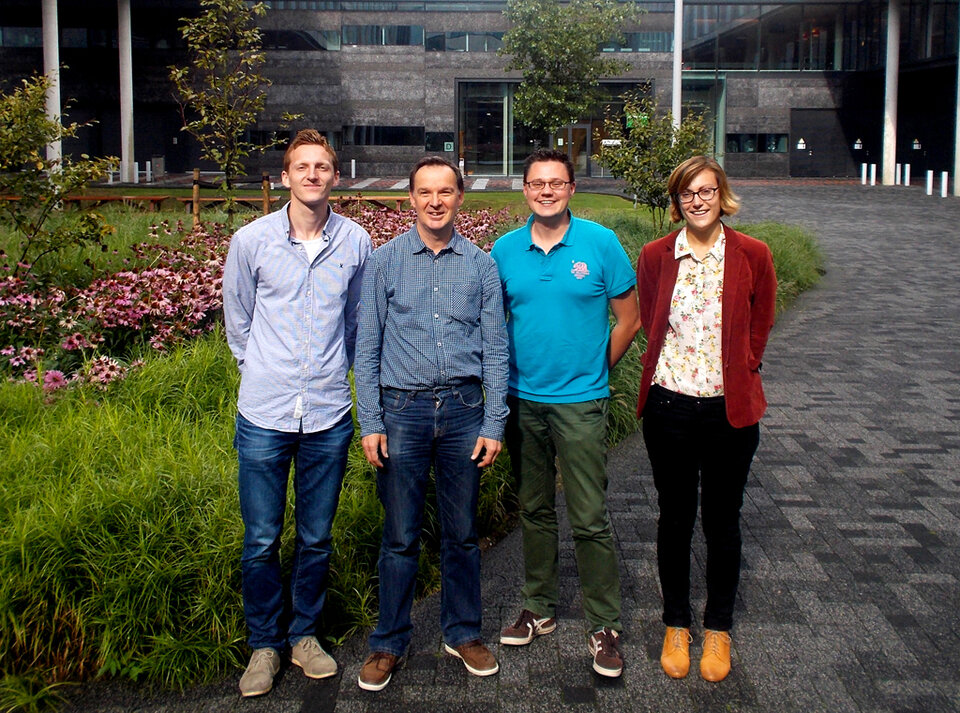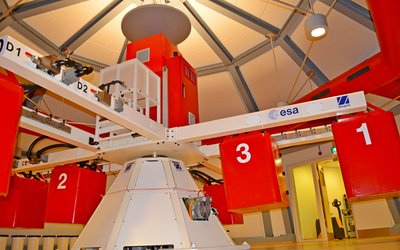Meet the teams: Glacier
The Glacier team is composed of two master students from the University of Amsterdam. They will model the influence of gravity on glacier flow dynamics.
![]()
![]()
![]()
Analogue modelling and gravitational controls on flow dynamics and surface strains of glaciers![]()
| University | Univerity of Amsterdam |
| Endorsing professor |
L.H. Cammeraat University of Amsterdam |
| Assistant scientist |
Sebastiaan de Vet University of Amsterdam |
| Team | Darko Radakovic and Rachael Chambers |

Glacier ice flows due to gravitational influence, causing ice to deform and slide over its bed. The deformation of polycrystalline glacier ice is resisted by basal shear stress, which is governed by the following: density of ice; gravitational acceleration; ice thickness; surface slope of the glacier; and the rheological properties (properties determining the softness hence deformability of the ice). Knowing the properties of ice, as it flows under different gravitational accelerations, could contribute to new interpretations of landscape formation on Mars, where large parts of the surface were deformed by ice.

The experiment set up tests the influence of gravity on the flow properties of an ice-analogue material, which is placed in a miniature model of a glacier valley. The ice-analogue material will be subjected to a range of flow simulations with the following variables: surface slope (model is set to correct angle); gravitational acceleration (hypergravity); ice-analogue material thickness; bed roughness (varying from soft to hard surfaces); and bed obstruction (obstacles placed on the side and on the bed of the valley).
A time lapse/film camera will be used to record the surface flow of the ice-analogue material. Velocity and strain rate patterns are measured and calculated using the captured images. Eventually the stress regime acting upon the model glacier under various conditions can be derived. The results will contribute to new insights of glacier behaviour on Mars and its influence to the landscape. The possible application of this research is the reconstruction of the postglacial landscapes on Mars by the interpretation of glacier behaviour in hypergravity conditions.
Read the final experiment report here.






